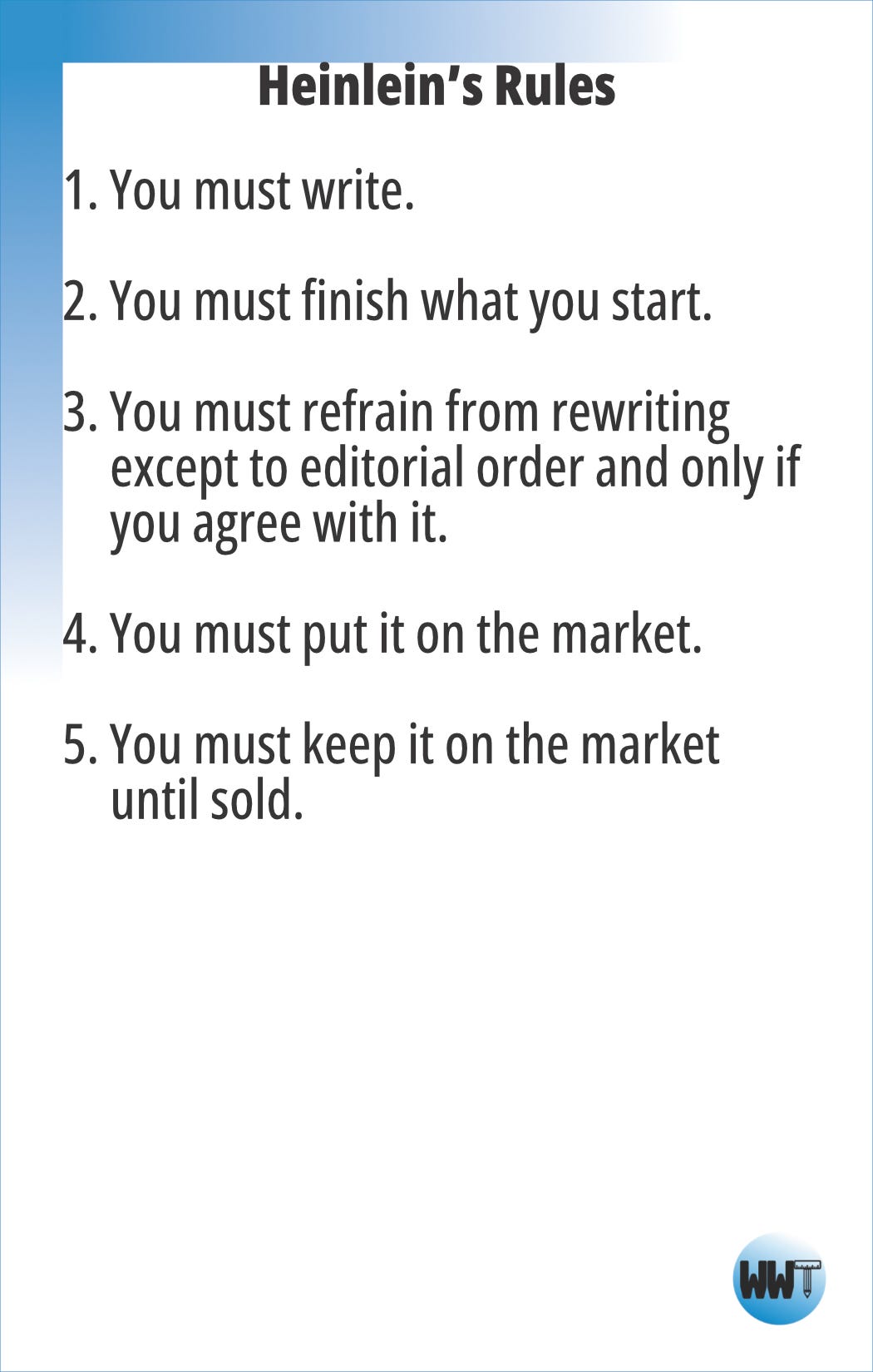Any links to Amazon are affiliate links.1 • If this is your first time receiving posts from Diary of a Stage 3 Writer, you can find the origin post here, the full list of posts here, and you can fiddle with your subscription settings here.
In this issue:
Copyediting on a Shoestring
Writing Prompt
WWT Tool Kit Craft Card
Copyediting on a Shoestring
So I’ve finished the readthrough of my revision project and now I’m doing a copyedit before I send it to the betas.
Yeah, before. I know, usually you send to betas first. And I gotta admit, I’m a little bamboozled-feeling about how “out-of-order” I’m doing things now. I put that in quotes because it really is a mindset difference, an approach difference.
How much are you allowing other people into your storytelling? Traditionally, in traditional publishing, you let in lots of people. And I admit, that was the experience I wanted for a long time.
But I learned from my last published project and from letting people in that maybe it’s not the way to go, at least for me. My craft’s pretty decent and my storytelling sense is pretty decent, too. I don’t use betas or editors to see if I can get some story thing by them that I, deep inside, know needs to be fixed—I just fix it. So I’m not actually looking for story help from my betas. I’m looking for typos and inconsistencies.
So I like to send the story to them as cleanly as I can get it. Sure, I could pay a proofreader. But why, when I’ve already got someone who actually wants to read the book and just happens to make note of typos when she finds them?
Cause really, it’s fiction. Nixing typos and wayward commas is probably all you really need.
Plus, doing it this way, once they’re done—I’m done. And that’s pretty cool
But anyway, I guess I got on here to talk about copyediting.
I’ve read the books, lots of book, about punctuation and word usage and whatnot, and I’ve got the CMOS all tabbed up, and I still get things wrong. Like, I’ll read through the thing and fix the errors I see—and there will still be something or other wrong.
A copyeditor would be really helpful for that, I’m not gonna lie. But I’m trying to do this whole thing on a shoestring, so…
I’m using grammarly.2 The free version. And for fiction writers, I think the free version is pretty darn good. I see on there that they’ve got “pro suggestions” in addition (I think in addition) to the regular suggestions, but I don’t think I actually want to see those. I skip over half of what it suggests anyway. Things like rephrasing my sentences or replacing three words with one. Things that would kill the voice.
I use it for punctuation and word usage. Commas that are missing or shouldn’t be there because it messes with the meaning of the sentence. Curly quotes that are facing the wrong way. Words that are spelled correctly and so aren’t picked up by spellcheck, but that are wrong all the same. I had reeked when I meant wreaked. Tare when I meant tear. The he when I didn’t actually want the the there.
Sure, my typo beta could find them. Maybe. (I didn’t.) But she’ll enjoy the story more and pick up on any lingering things if I find as many errors as I can before I give it to her.
That said—and here’s why I’m here—I think I might add a grammarly check to the end of every writing session or maybe once a week. Because doing it all at once—I’ve been at it for a few days now and I still have maybe 40% to go. The story’s a little over a 100,000 words.
Part of it’s me. I’m not fast. If I don’t know why something might be wrong, I look it up. Or I ask AI. Quite often grammarly and my AI of choice disagree, which is good to know. Then I just read it again and usually keep what I had. Quite often I error on the side of what I originally had. If it’s an error, thanks for pointing it out; I’ll fix it. If it’s stylistic, I choose my style.
But yeah… copyediting as I go. Might be the new thing.
Writing Prompt
NOTE: I’m about out of characters. If you like this prompt and find it useful every week, leave me a comment saying so and I’ll see what I can do about coming up with more characters. Otherwise, I might let it go…
Character: LIBERATOR
Light Attribute: Freeing yourself and others from outmoded beliefs. Releasing negative thought patterns.
Shadow Attributes: Imposing your own tyranny over those you claim to liberate. Ignoring legitimate constraints.Setting: A Library.
Object: A marble, a box, a bird.
Emotion: DEPRESSED. Empty, numb, withdrawn.
WWT Tool Kit Craft Card
As mentioned before, I’m making a deck of craft cards to quickly remind myself of techniques while also having a convenient place to keep track of elements like character, conflict, and theme specific to each story. This week’s card is a reminder of Heinlein’s Business Rules:
Thank you for reading!
I hope this helped you, and I hope your writing goes well this week.
Keep at it,
Megan
WritesWithTools
site: writeswithtools.com
ko-fi: https://ko-fi.com/writeswithtools
wishlist: http://tinyurl.com/WWTWishList
As an Amazon Associate, I earn from qualifying purchases, and links to amazon.com are affiliate links, meaning that if you make a purchase through a link, I may receive a small commission at no extra cost to you. This helps support my work and allows me to continue writing for you. Thank you for your support!
And no, this isn’t a plug. Far from it probably, as you’ll see…



